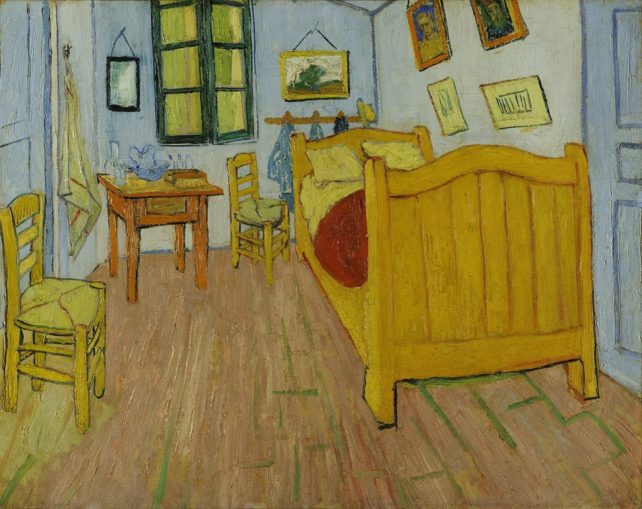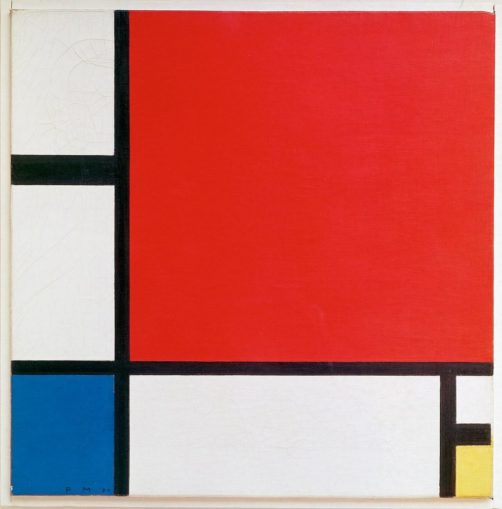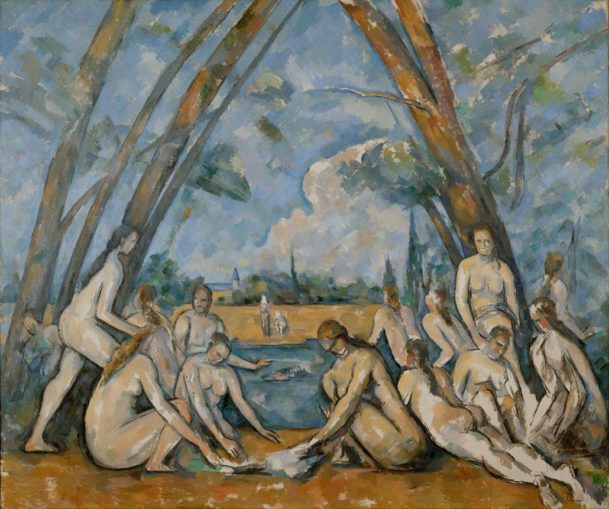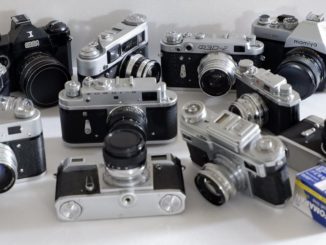
J. M. W. Turner / Public domain
In case the subject is off-putting, it may assist if I give a brief history of my own collection. It became a hobby of middle age. I had very little knowledge of the subject and I have always drawn indifferently. The hobbies of my younger self were cricket and rugby but a chapter of events have caused me to gather a collection of paintings and drawings which are a source of some pride to me. It began when I worked as the deputy to a much older colleague who had been a collector for many years. He had no immediate family nearby and so lived for his work but there would always be gallery exhibition programmes or auction catalogues on his desk and if I had a milestone birthday or event, a picture would appear “for your wall”. When he died, I was his executor as his relatives lived away and I had the task of cataloguing, having valued and disposing of his collection which was far greater than I expected and the enjoyment and fascination of the exercise stayed with me. I decided to build a collection of my own. It is more modest than that of my late colleague but I have been more mercenary in selection as I had in mind that would also be an investment. It is worth now a good deal more than I paid.

Vincent van Gogh / Public domain
Pictures can be bought from artists’ galleries, sales galleries, auction houses (either live or increasingly at a distance)in antique shops, house sales or on e-bay. I have bought from galleries but seldom expect a good investment. Their commission is high. I was once wrecked by an artist who was known to me through business when I casually mentioned that I had bought a painting by her. I was immediately questioned where I had bought it. When told it was from an artists’ gallery I was reproached for not having asked her as she would have painted one for me for half the price and would still be better off. Too many scams, financial or forged, take place on e-bay and I have never been tempted. I buy principally at auction and here are my suggestions.

Piet Mondrian / Public domain
The late investment guru Jim Slater wrote an investment guide called the Zulu Principle. His point was that it was better to know a great deal about a narrow subject than to have a superficial knowledge of a wide field to be a successful investor. The same applies to art. The subject may an artist, an area, a “school” or an era but find a field that you like, read around it (the internet is a treasure trove) and become an expert. Find out who painted, the most popular subjects and how collectable they are. Generally the reputation of any artist venerated in their own lifetime drops a good deal a few years after their death and will be considered as no longer in fashion until a further 50 years has elapsed when they hopefully become collectable period pieces again. For that reason I generally collect “Modern British Paintings” (generally 1920-1985). These may now be returning to value. I loath with a passion “Contemporary Art” It may retain value for a while yet but ultimately the vast majority will fall out of fashion. Damien Hirst’s Pill Boxes will be worth the value of pill boxes in 40 years’ time.

Paul Cézanne / Public domain
Always remember to like your art. If you would not hang it on your own wall then why expect that someone would one day wish to buy it ?Find out whose works appeal. We all have different tastes. Occasionally something will turn up that is different but attractive. Trust your own judgement. There are websites cataloguing past and forthcoming auction sales so that you can develop a feel for the subject. Most of the auction houses keep their old catalogues online with sale prices reached so the information is out there. Nearly all auction houses accept distance bids and are usually extremely helpful. The three largest auction houses. Sothebys, Christies and Bonhams generally sell by subjects. The regional auction houses sell more generally as “fine art and pictures”.

Canaletto / Public domain
Buying at auction can be great fun. A successful collector will always adhere to a strict limit (subject perhaps to a “closing bid” if the limit is reached by a bid from another party) and will always factor in the buyer’s premium which is set out in the catalogue. Sometimes the most uninspiring paintings are hidden gold. Once I bought a bargain because everyone else in the room was put off by an ancient and unsightly frame. I took it to a framer and returned to find it reframed and in pride of place in the gallery with the pleasing report that customers had asked if it was for sale and one had made an offer of £2,500 for it when I had acquired it for £550 the previous fortnight. Another bargain seemed to have spent decades above a smoky fireplace and was almost black. A professional cleaning revealed a painting of great beauty (and value). I am looking at it as I type.
Often a picture will come up at an auction, not on your personal radar and fails to sell. If it is attractive it may pay to check the artist and the value of his work online. Sometimes an offer below the guide price will trigger a telephone call by the auctioneer to the seller and result in another bargain.
But always remember that paintings are meant to be hanging on the wall. Put them up and enjoy them.
© Bergen 2020
The Goodnight Vienna Audio file


